Michael Bacht (born 4 June 1947) is a German artist. [1]
Michael Bacht (born 4 June 1947) is a German artist. [1]
Bacht was born in Remscheid and attended the Burg-Gymnasium, the Carl-Humann-Gymnasium and the Folkwang School for Fine Art in Essen, where from the age of sixteen he studied figurative and nude drawing under the tutelage of Jo Pieper. From 1969 to 1971, upon his recognition as a conscientious objector, he studied art history with Günter Bandmann and philosophy with Ernst Bloch and Dieter Jähnig at the University of Tübingen. A decisive influence at that time was also the close friendship with Karl Ameriks, an expert of German idealism.
In 1972, Bacht continued his studies at the University of Heidelberg. His main interests there were European as well as East Asian fine art and architecture, and his key academic teachers were Peter Anselm Riedl and Dietrich Seckel. His formative encounter with Fritz Wotruba, whose work he cataloged as a doctoral student, also occurred during this period and incited him to pursue studies in fine art at the University of Mainz from 1974 to 1979.
In 1973, Bacht married the judge Brigitte Holzinger from Freiburg, with whom he raised five children.
Since 1979, Bacht has been working as a freelance fine artist with studios in Heidelberg, the former cigar factory Malsch (1987–1990) and, after a conversion that took one year to complete, in the former catholic village church of Epfenbach.
Bacht's aim as an artist is the visualisation of dialectical processes between artistic material and aesthetic design principles that always unfold as respectful mimesis of cyclic laws of nature. „The wave“, writes Hans Gercke, „fascinates him in its polarity of height and depth, light and shade, concave and convex movement, serenity and dynamic“. Such elementary experiences, the rhythm that all organic life depends on, the pulse of our bloodstream, the tides, day and night, the seasons, the law of tension and release, are objectified in all work groups and lend aesthetic unity to Bacht's work.
Early work groups, developed from 1975 to 1985, are the embossed prints, followed from 1985 to 1990 by anode pictures. In the late 1980s and 1990s, Bacht created major works like „Shrine for a Stone“ with several variations, the series of book objects, earth circles and makimono pictures as well as his first large-scale floor installations. In 1995, Bacht introduced light as a design instrument. From 2000, a series of critical homages to key figures of classical modernism (Mondrian, Malewitsch) and the White Installations were added to the canon of work groups. Another work group is dedicated to objects and architectonic structures for an alternative sepulchral culture.
All work groups are flanked by an encyclopaedia of satirical objects, assembled under the group title „Kein Wunder“.
Matthias Weischer is a painter living in Leipzig. Weischer is considered to be part of the New Leipzig School.

Franz Gertsch was a Swiss painter who was known for his large format hyperrealistic portraits.

Hans-Peter Feldmann is a German visual artist. Feldmann's approach to art-making is one of collecting, ordering and re-presenting.
Franz Rosei is an Austrian sculptor and draughtsman. His brother is the writer Peter Rosei.
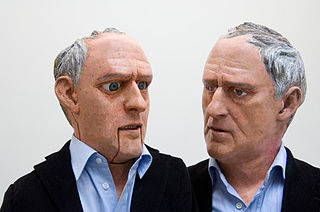
Stephan Huber is a German sculptor and object artist.
Barbara Metselaar Berthold is a German photographer and filmmaker.

Anatol Herzfeld was a German sculptor and mixed-media artist, and also a policeman. A student of Joseph Beuys, he primarily used wood, iron and stone as materials. As an artist, he simply signed Anatol. He received attention for a happening, crossing the Rhine in a boat he created with Beuys, after Beuys had been expelled from the Kunstakademie Düsseldorf.
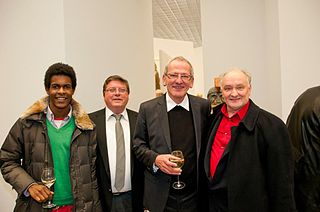
Bernd Schwarzer is a German artist born in Weimar, Thuringia, Germany. Schwarzer's work deals with the subject of Europe, the reunification of East and West Germany, and human rights.
Sabine Funke is a German painter who lives and works since 1987 in Karlsruhe.

Ada Mee is a German artist based in Heidelberg. She works across various mediums, including painting, lithography, photography.
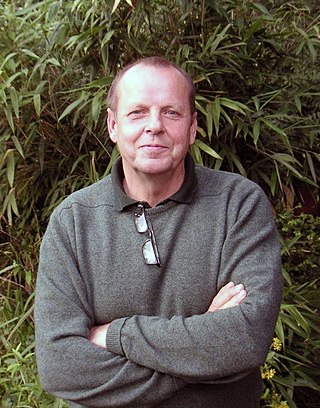
Peter Schwickerath is a German sculptor.
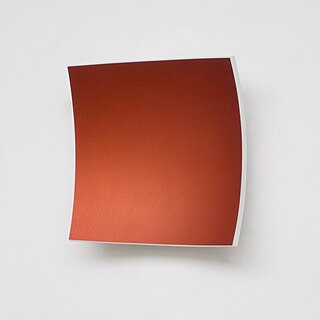
Heiner Thiel is a German sculptor and curator. He is an exponent of concrete art.

Joachim Schmettau is a German sculptor.
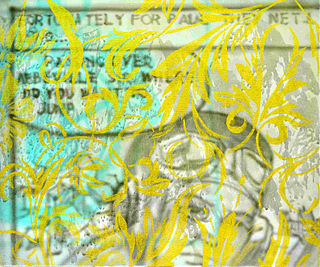
Horst Keining is a German visual artist.
Achim Zeman in Stuttgart) is a German painter and installation artist. He is a representative of Op-Art and is based on the rules of Concrete Art.
Rita Rohlfing is a German painter, photographer and installation artist.
Wolfgang Kermer is a German art historian, artist, art educator, author, editor, curator of exhibitions, art collector and professor. From 1971 to 1984 he was repeatedly elected Rector of the State Academy of Fine Arts Stuttgart and thus the first scientific and at the same time youngest teacher in this position in the history of the university. Under his rectorate, the State Academy of Fine Arts Stuttgart was reformed in 1975 and 1978 on the base of two new university laws of the State of Baden-Württemberg and thus, for the first time in its history, authorized to set up diplomas for all courses. One of the accents of his work was the promotion of talented graduates of the academy: In 1978 he organized the first of the so-called ″debutant exhibitions″, an ″unconventional contribution to the promotion of young people″, supported financially by the State of Baden-Württemberg.

Arvid Boecker in Wuppertal) is a German painter and curator. He is a representative of concrete art and focuses on color field painting.

Bettina von Arnim is a German-born new realist painter, illustrator and graphic artist.
Juergen Staack is a German minimalist and conceptual artist based in Düsseldorf.